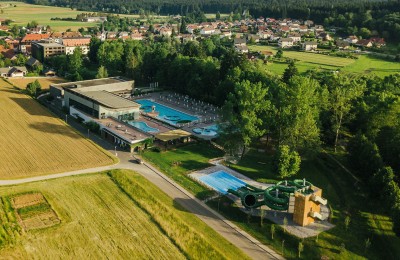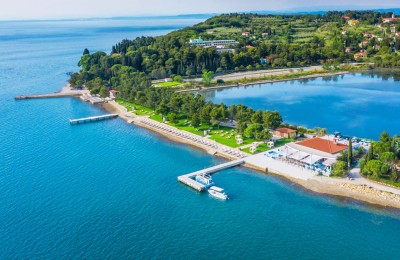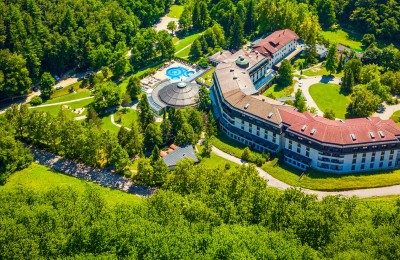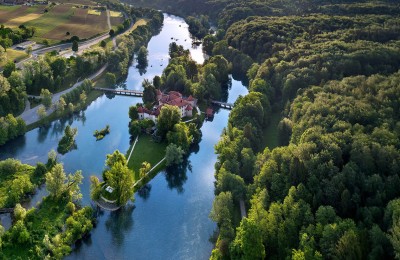Total price:
Experts at Terme Krka advise
Slow down ageing with regular exercise
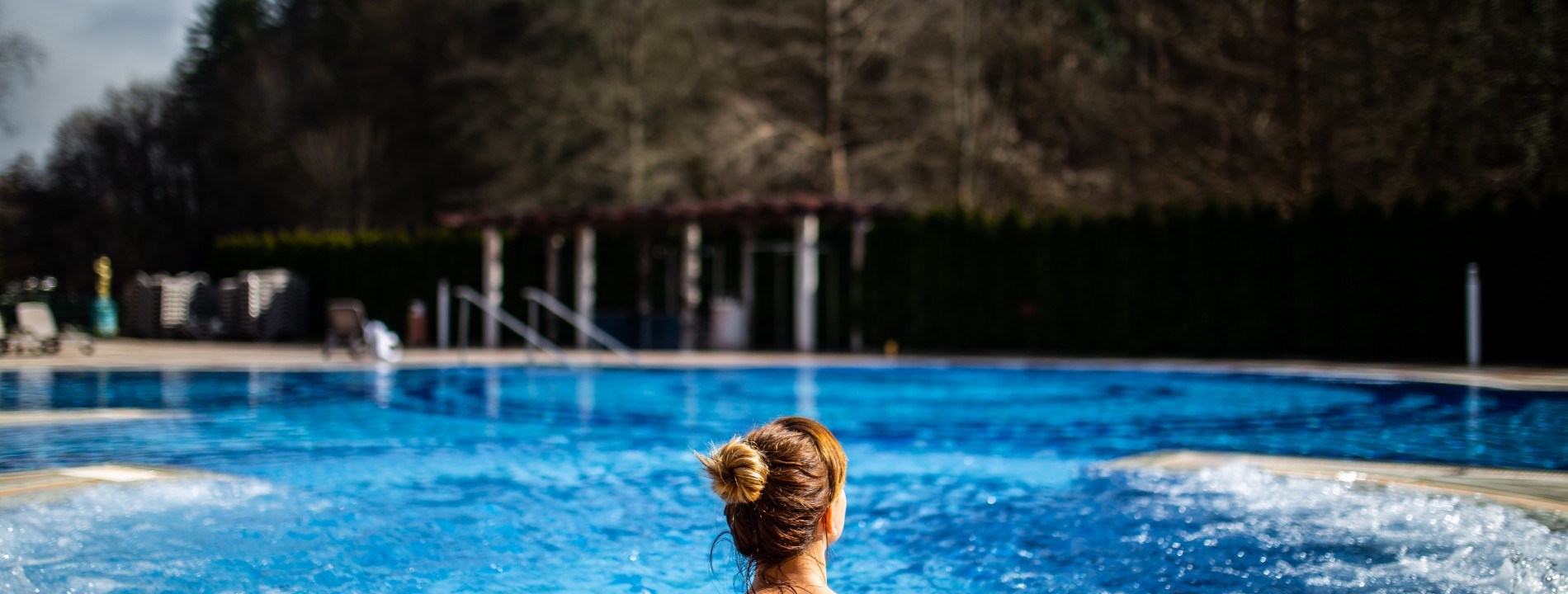
Although ageing and the age-related decline in strength is a normal process, much of it can be prevented, or at least slowed down, by regular, well-chosen physical activities.
Even if a person is struggling with a chronic illness or some other health problem, it is important that they exercise regularly as much as they can.
Choose an activity that makes you feel happy and relaxed
You may have neglected your locomotor system and - it is always too early - you may already be experiencing problems, but there is still a lot you can do for your health. It's never too late.
The sports trainers and physiotherapists at Terme Krka advise you to choose a physical activity that you enjoy, relaxes you and can be done several times a week. This makes it easier for you to change your sedentary lifestyle into an active one and soon you will notice positive effects such as:
- Improved mobility and other functional abilities;
- Stronger immune system;
- More stable and better mood;
- Enhanced mental function;
- Improved social well-being.
All this helps you to better cope with existing health problems and to have a happier and richer autumn of life, as well as a longer life.
Activities in water
Health experts at Terme Krka stress that swimming and other activities in the water are a holistic way to better health and well-being.
Even just soaking in thermal or sea water has positive effects, because the water eases pain, relieves muscle tension and increases blood circulation in the tissues, which enhances the body's defence mechanisms. Swimming, water aerobics or hydrogymnastics also strengthen the body and increase its performance. What is more, swimming in a pool encourages socialising and brings back optimistic thoughts, as the body releases hormones that act as natural antidepressants.
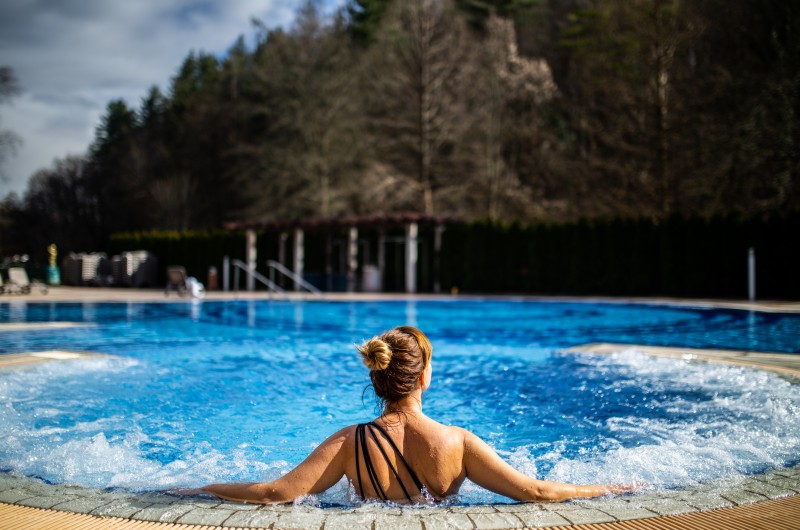
Facts about ageing
Ageing, or the decline in functional performance, is reflected in a decline in muscular strength by one to two per cent per year, explosiveness by three to four per cent, aerobic capacity by one per cent, bone density by one per cent in men and by two to three per cent per year in women after the menopause. It is reflected in a decreased flexibility, poorer balance, longer reaction times and poorer coordination of movement as well. Lack of exercise greatly accelerates all these processes. For example, a week of lying in bed due to illness reduces muscle strength by up to 20% and spinal bone density by up to 1%.
Older people need moderate exercise
Appropriate exercise improves health in many ways, but for older people the emphasis should be on moderation. Too vigorous or high intensity activities can lead to the opposite - to injuries and a weaker body's defence system.
For older people, it is important to include strength and balance training exercises in addition to exercises to increase general endurance and strengthen the cardiovascular and respiratory systems (cardio exercise), such as walking, jogging, cycling, swimming, etc.
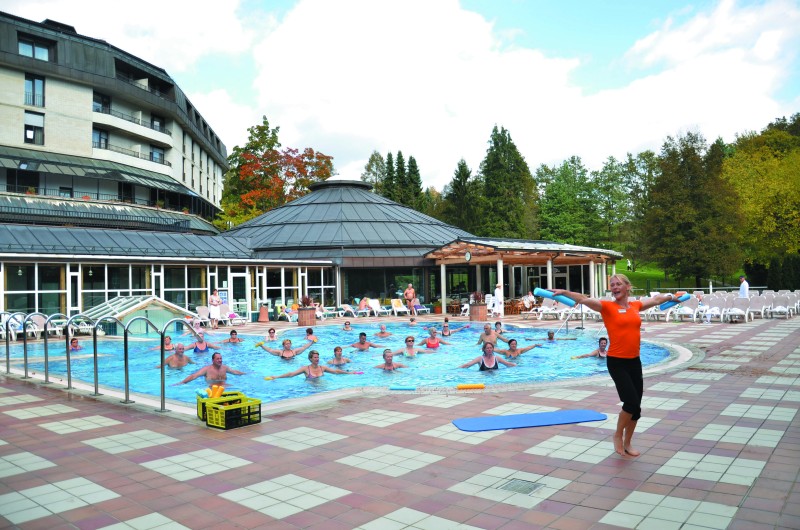
Focus on balance, flexibility and strength
Strength, flexibility and balance are particularly important for people over 70. Poor balance can have serious consequences, including falls, which are particularly dangerous for people with fragile bones (osteoporosis). However, balance exercises can prevent such accidents. Exercises for flexibility help to prevent the consequences of prolonged sitting, lying down or forced posture by keeping muscles and joints flexible and posture upright. Moreover, strength training prevents muscle mass from declining too quickly, protects bones and joints, improves motor responsiveness and helps to maintain an optimal body weight.
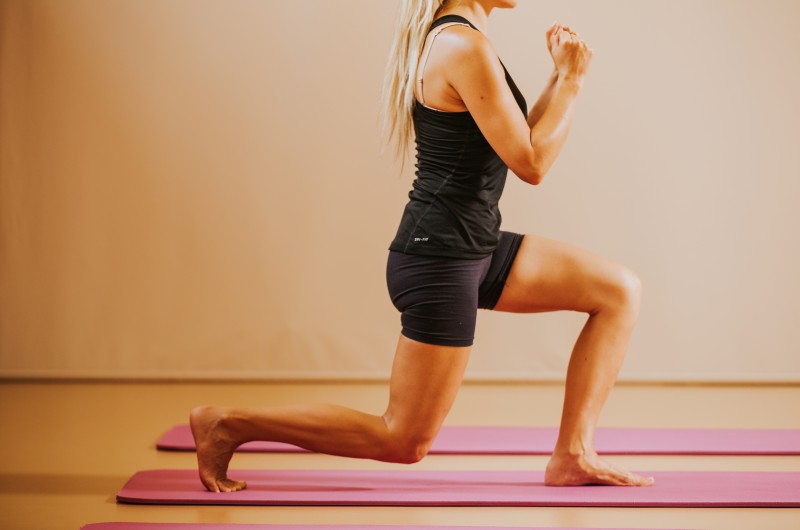
At Terme Krka, Terme Šmarješke Toplice, Terme Dolenjske Toplice and Talaso Strunjan, experts help people - both healthy people and those with chronic illnesses - to strengthen physical skills and abilities.
Inactivity and obesity in the elderly
Many older people struggle with obesity, which is often the consequence of inadequate diet and lack of exercise. Older people are also more prone to weight gain because basal metabolic capacity declines with age.
"This is why older people should exercise regularly as well as adapt their diet,’ Janja Strašek, nutritionist at Terme Krka explains. ‘They should limit excessive calorie intake and increase their intake of protein, which is the building block of muscles. It is very important they have a balanced diet and maintain an optimal body weight."
Exercise guidelines and tips for older people
| Frequency | Intensity | Duration | Type |
| At least three times and no more than five times per week | 55–70 %maximum heart rate or a conversational pace | 20–60 minutes per day, or several shorter training sessions, in intervals of at least 10 minutes (depending on the type of exercise) |
Nordic walking, swimming, hiking, yoga, running, pilates… |
As mentioned above, exercises for strength, balance and flexibility should also be included, such as:
1. Weight training for strength and balance: squats with weight lifting overhead;
2. Weight training for strength, balance and flexibility: forward lunge, with body twist to the side, arms in front of the body, together.
Start with five repetitions of each exercise, then gradually increase the number of repetitions depending on your fitness level. Include these exercises at the end of your cardio workout - they only take a few minutes.
Even though ageing is an inevitable physiological process, it is possible to slow down the deterioration of physiological functions - by exercising regularly, so that we can continue to have a harmoniously developed and fit body, both aesthetically and functionally, even in old age, which will also contribute to better health and greater self-esteem, and consequently to a good family and social life.
